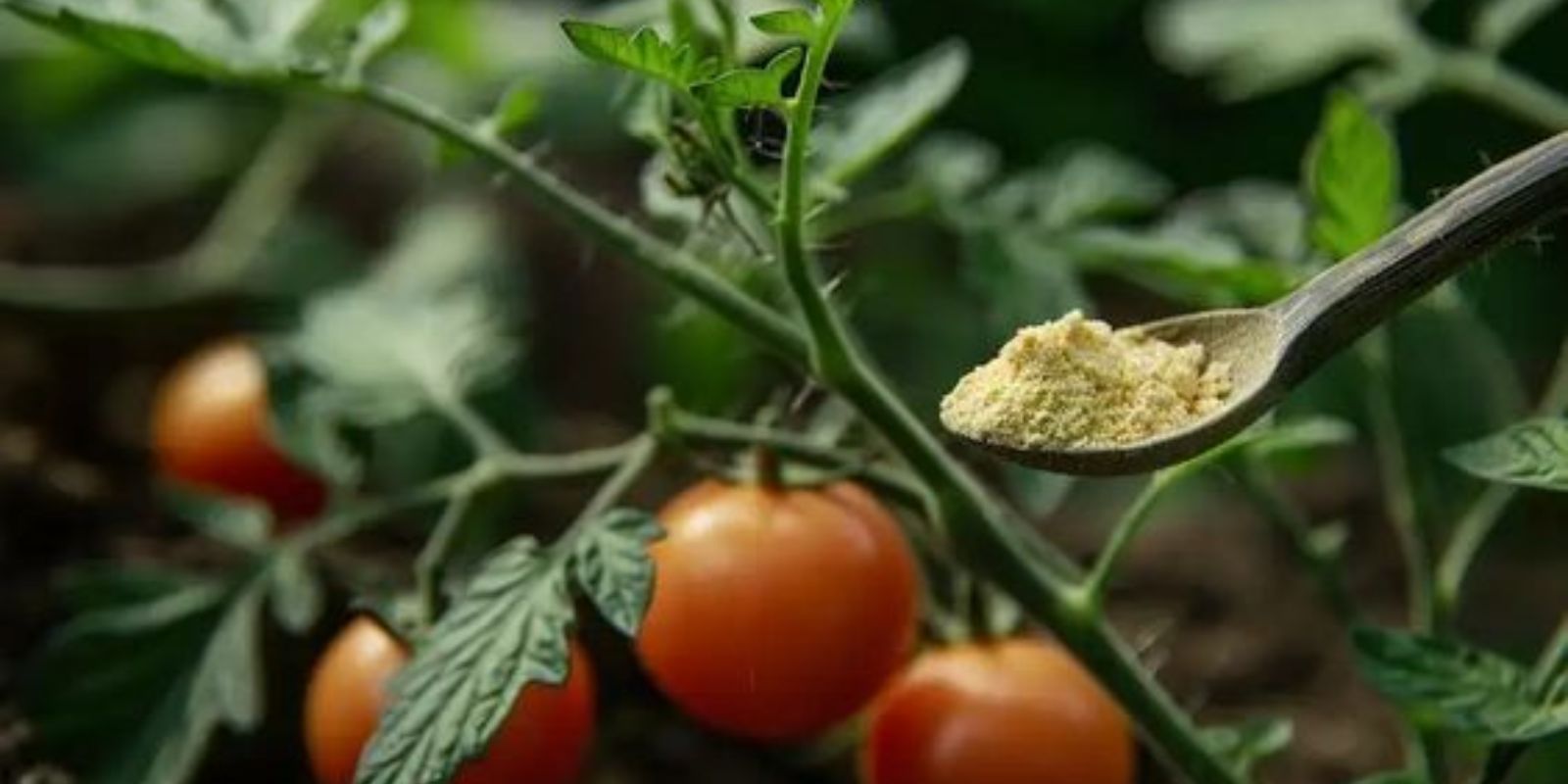Planting tomatoes on their side might sound counterintuitive, but this innovative gardening technique has gained popularity among gardeners for its surprising benefits. If you’re looking for a way to boost your tomato yield and improve plant health, this method might be just what you need. Here’s a comprehensive guide on how to plant tomatoes on their side, why it works, and how you can implement it for a bountiful harvest.
Introduction
Tomatoes are a staple in many home gardens, prized for their versatility and flavor. Traditional planting methods involve placing seedlings upright in the soil, but planting on their side can offer several advantages. This technique, although unconventional, promotes healthier plants, enhances root development, and can lead to increased fruit production. Let’s delve into the steps and benefits of this unique planting method.
Why Plant Tomatoes on Their Side?
- Enhanced Root Development: When you plant tomatoes on their side, more of the stem comes into contact with the soil. This results in a greater number of roots forming along the buried stem, leading to a more robust and stable plant. The additional roots enhance nutrient and water uptake, which is crucial for healthy plant growth.
- Improved Disease Resistance: Tomato plants are prone to various soil-borne diseases. By planting on their side, the stem is less exposed to the soil, reducing the risk of diseases such as blight and rot. The increased root system also helps the plant better resist stress and disease.
- Better Moisture Absorption: When the plant is laid horizontally, it can access moisture from a larger area of soil. This is especially beneficial during dry spells or when soil moisture is inconsistent. The extended root system helps the plant access water more effectively.
- Reduced Legginess: Tomatoes often grow tall and leggy, especially when they’re not getting enough light. Planting them on their side can help mitigate this issue by encouraging more compact and bushier growth.
- Increased Yield: With a stronger root system and improved disease resistance, the plant can focus more energy on producing fruit. This often results in a higher yield and more productive plants overall.
How to Plant Tomatoes on Their Side
Follow these steps to successfully plant tomatoes on their side and reap the benefits:
- Choose the Right Seedlings: Start with healthy tomato seedlings. Look for plants with strong stems and vibrant green leaves. This technique works well with most tomato varieties, including determinate and indeterminate types.
- Prepare the Planting Site: Select a sunny location with well-drained soil. Tomatoes thrive in full sunlight and need well-drained soil to prevent root rot. Amend the soil with compost or organic matter to improve its fertility and drainage.
- Dig a Trench: Dig a trench about 6-8 inches deep and long enough to accommodate the length of your tomato seedling. The trench should be wide enough to allow the plant to lie comfortably without crowding.
- Planting the Seedling: Gently place the tomato seedling in the trench, positioning it horizontally. Curving the plant slightly can help fit it better into the trench. Bury the seedling up to the first set of leaves, leaving only the top exposed. Ensure that the stem is covered with soil to encourage root development along the buried portion.
- Watering: Water the trench thoroughly after planting to help settle the soil around the roots. Keep the soil consistently moist, but avoid waterlogging, as excessive moisture can lead to root rot.
- Providing Support: As the plant grows, it will need support to keep it upright. Install stakes or cages to support the growing plant. Be gentle when tying the plant to avoid damaging the stems.
- Ongoing Care: Regularly monitor the plant for pests and diseases. Remove any weeds that may compete for nutrients and water. Fertilize as needed to provide the plant with essential nutrients for growth and fruit production.
Tips for Success
- Use Mulch: Applying a layer of mulch around the plant can help retain soil moisture and regulate soil temperature. Organic mulch, such as straw or shredded leaves, also helps suppress weeds.
- Prune Carefully: If your tomato plant becomes too bushy, consider pruning some of the lower leaves and stems to improve air circulation and reduce the risk of disease. Be cautious not to over-prune, as the plant still needs its foliage for photosynthesis.
- Monitor for Pests: Keep an eye out for common tomato pests, such as aphids, caterpillars, and spider mites. Use natural pest control methods or insecticidal soap if necessary.
Conclusion
Planting tomatoes on their side might seem unconventional, but it offers several compelling benefits for gardeners. From enhanced root development and improved disease resistance to increased fruit yield, this technique can transform your tomato-growing experience. By following the steps outlined above and providing ongoing care, you can enjoy a thriving tomato crop and make the most of this innovative planting method.
Try planting your tomatoes on their side this growing season and discover the difference it can make in your garden. Embrace this unique approach and enjoy a bountiful harvest of delicious, home-grown tomatoes! 🍅🌱

